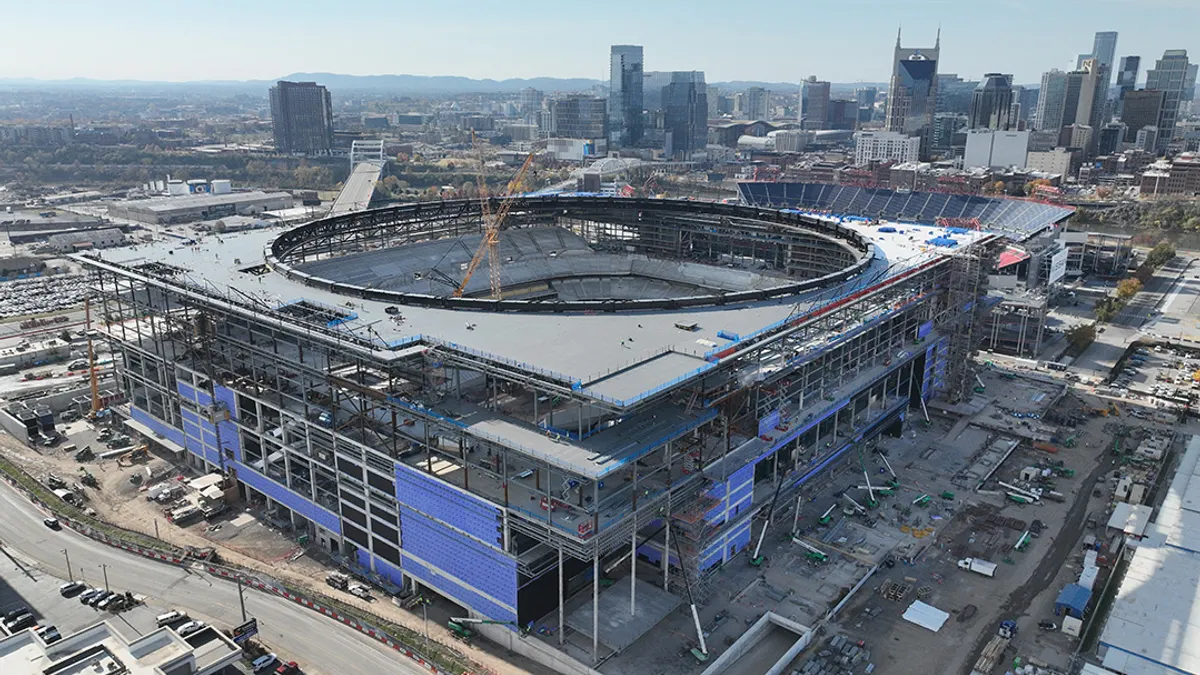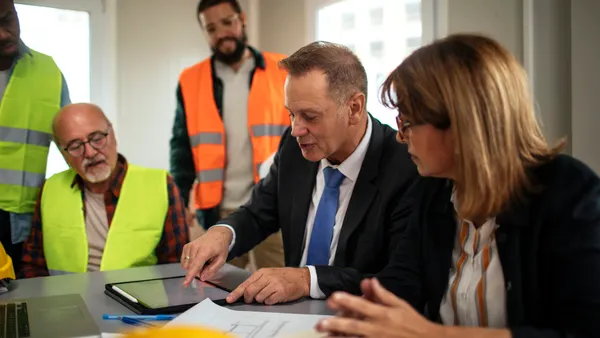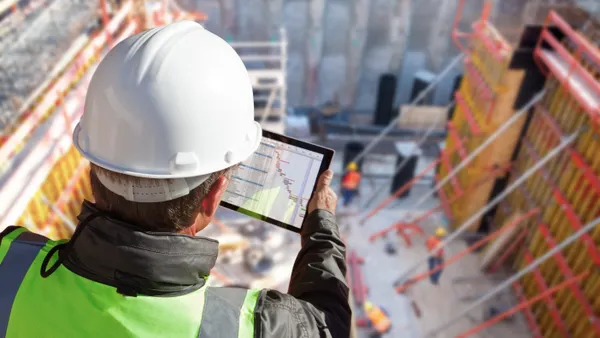We are in an era obsessed with technology. My neighbors wait hours in line for the latest smart phones, their idea of modern day camping. My father-in-law is giddy when he gets a glimpse at this year’s high end automobile model. He doesn’t look that excited when we all arrive for Thanksgiving. This is an era where, strangely enough, we also see masses of people walking around in search of Pokémon™. There go those millennials tripping over the sidewalk again. Technology, augmented and virtual reality are now a part of life. With technology moving so fast, how can we embrace the newest VR technology in the home building sector and use it to capture the elusive millennial market?
Emotional Connections
Virtual reality is an immersive experience that gives you a dry run at reality. Using VR hardware, both Oculus™ and HTC Vive™ have gear that includes a helmet, you are transported to a virtual space. Each of the two systems include sensors that track your movement as you make your way through an environment and make the space feel like it surrounds you. This sense, that you are part of that environment, is what appeals to the home building sector. It’s about the home buyer making an emotional connection walking through their new home, before they even break ground.
In the past, that connection was attempted through 2D prints or navigating through a 3D model. Confusion occurs: “I can’t visualize what is happening in this area…”, “I am not sure if that is what I want...” This disconnect stalls the process and sometimes ends it all together. Home buyers would rather abandon the process rather than spend money on something they aren’t sure about. The home building industry needs a better way to communicate to home buyers. Model homes give a great avenue for this; walk in, imagine living in the space, and be inspired by the options displayed. But what about the sector of the market that want upgrades and changes that aren’t in that model home? Do you build another model home, and another, and another to represent all of the options? And what about that sector of the market that wants a custom home or to renovate their existing space? 3D images or Balsawood, perhaps?
Better Communication
Enter VR. With simple equipment you can walk home buyers through model homes and have your salesman work with them if they want changes. With software like Envisioneer, changes can be made together in the model and then transported back to the VR space with an Oculus or HTC Vive headset; then watch home buyers smile when they see their ideas come to life. When you can interact with a space, walk through it, visualize it, and explore it, you become emotionally attached. 2D plans or a balsawood model can’t evoke that same attachment. The VR experience of interacting with the space builds the foundation for better communication. Using apps like Envisioneer VR, found in the Google Play store and App Store for Apple, allows you to send immersive scenes to a client’s phone so they can view it on their own time. It’s not as immersive as a full VR experience, but it is a simple take away so homeowners can get excited.
Jack Zimmer of Zimmer Design sees a true benefit for communicating using VR for his clients. “In the written word, the reader interprets the words, the characters and places, which creates a scene in their mind. In a movie, that same ‘story’ is replaced by created scenes and actors/actresses.” Zimmer explained. “If you look at architecture, you may consider architectural plans as being similar to the written word. The person looks at ‘sheets’ and must interpret a floor plan/elevations/section and recreate the space in their mind. Renderings and animation are similar to the movie presentation. Less is demanded in terms of imagination, but the presentation is still on a ‘flat screen.’ With VR, the customer is actually inside the model. When walking or looking around everything is suddenly to human scale. There is depth, shadows, colors and a new form of realism that has not been available any other time.”
The U.S. Census Bureau reports that millennials are the largest generation ever with over 90 million people. This is a generation that was brought up with technology. In an article written by the US Chamber Foundation Organization, they stated that 75% of millennials have at least one social networking profile. Goldmansachs.com reports that the peek home buying age is between 26 and 46 years of age. The bulk of millennials are in that age bracket; many still live at home, but are starting to peek their heads out of the nest to see what is out there in affordable housing. This is a generation with technology prowess like never before. Where older generations went for a social visit, this generation is all about social, too; tweeting, sharing and posting. Here is a large market ripe for home buying, that is all about technology and ready to socially share anything you give them that is exciting. Sounds to me like a time for builders to target this large market and engage them with exciting home buying VR experiences. Hopefully they will be excited enough to share their experience about their tech savvy builder and hence build your market.
Technology is here for the home building sector to embrace. Virtual reality speaks to the millennial generation that grew up with technology and now chase Pokémon. This is a generation we need to market heavily for new home purchases as they delve into that next stage of life. Virtual reality puts you in the forefront of technology and for a society that flocks to the latest and greatest gadgets, let them flock to you, the builder that uses the latest innovations in your business.









